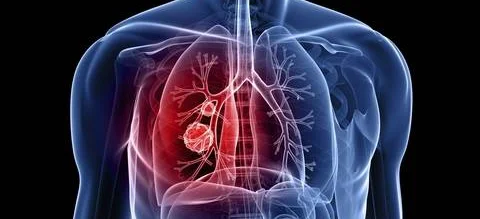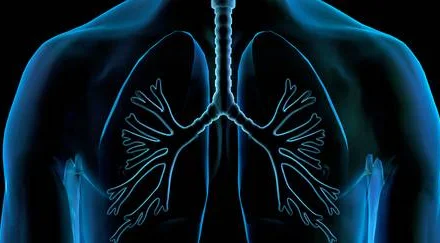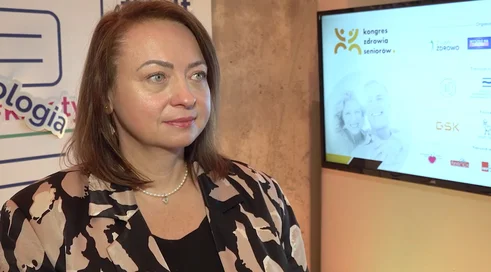The majority of patients (60-80 percent) at the time of diagnosis are in the advanced (inoperable) stage. Thanks to the revolution in diagnostic methods, the prognosis of patients has improved significantly. More than a dozen drugs are currently registered for the treatment of NDRP. This applies to patients diagnosed with certain genetic changes.
The type of mutation matters
One of the best-studied molecular abnormalities in lung cancer is a mutation in the EGFR gene. This mutation affects about 7-10 percent. Modern targeted drugs (triton kinase inhibitors) have improved the prognosis of pa...
Content locked
To gain access to the complete English section of the Medexpress.pl, kindly reach out to us at [email protected].




















